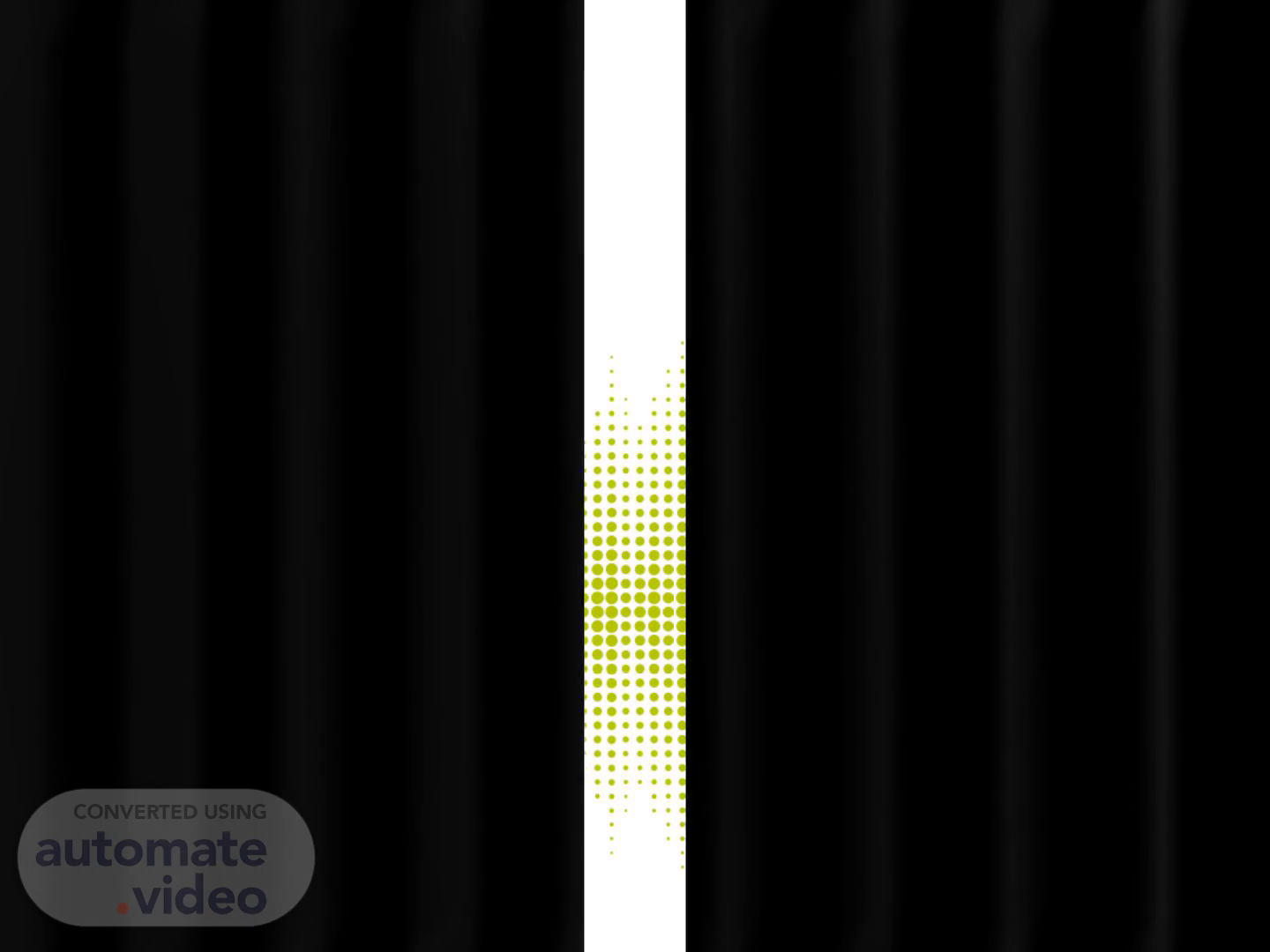
Page 1 (0s)
[Audio] Dear employees. A warm welcome. In this training we are going to learn what standard work and a work instruction sheet are, and how they are applied in the workplace..
Page 2 (14s)
[Audio] Listen carefully, Fill in the questions at the end of the training. It is important that you have understood the training well..
Page 3 (25s)
[Audio] Standardised work means: Working in a safe and efficient manner. Every employee follows the same working method. Every day..
Page 4 (38s)
[Audio] Deviating from Standard work can have major consequences. You are working unsafely. You are causing customer complaints. The customer gets his parts late..
Page 5 (52s)
[Audio] The following points are described in the standard work. The different steps you need to perform. The correct order in which to perform the steps. The correct way to perform the steps. The time you need to perform each step..
Page 6 (1m 11s)
[Audio] The advantages and purpose of a standard work are: Preventing recurring errors. It supports improvement activities. One can always fall back on the standard work in case of doubts. As an aid to operator training and follow-up on the shop floor by the unit manager. So that every employee works in a safe and the same way..
Page 7 (1m 37s)
[Audio] Every standard work document looks the same. For each operator doing a job, there is one standard work document. For example if three operators are needed to make one part then you will see three standard work documents in the process cover. The standard work documents are in a process cover located in the production line..
Page 8 (2m 1s)
[Audio] What do we find at the top of the standard work: The operator. The customer. The production line. The product. Name of the document. Date and revision. The owner..
Page 9 (2m 21s)
[Audio] General information on standard work: The mandatory personal protection equipment. The tools to produce good parts. The ground plan how everything should stand . Any additional information..
Page 10 (2m 43s)
[Audio] Detailed information on standard work: The sequence of the different steps. The description of each. Important information referring to a work instruction sheet. The time required for each step namely moving, walking and waiting.
Page 11 (3m 9s)
[Audio] Meaning of the different steps: Green circle means an operation you need to perform. Blue square means you need to perform a quality check. Blue square with a double frame means you have to check the part 100% for errors. You can find the meaning of the symbols at the bottom of the standard work..
Page 12 (3m 32s)
[Audio] What we find at the bottom on the standard work: The steps that are not repeated every cycle The total time you need to produce a part. The number of parts you need to produce per hour. You will also find the total cycle time on the screen of the MES system..
Page 13 (3m 53s)
[Audio] What can be found on the Work Instruction Sheet: Description of the operation. How to perform the handling. Any points of interest. Photos with explanations. Information on safety, personal protective equipment, emergency stops and other measures.
Page 14 (4m 18s)
[Audio] Each step in the standard work document may refer to a work instruction sheet..
Page 15 (4m 33s)
[Audio] The standard work describes: The work sequence. The mandatory personal protective equipment. The tools. The number of parts to be made..
Page 16 (4m 50s)
[Audio] The work instruction sheet describes: What to do. How to do it. Extra Points of attention. Safety points..
Page 17 (5m 9s)
[Audio] What do we remember? Every operator always works in the same way. The standard work and work instruction sheet are located in the process cover in the line. The unit manager reliably checks if the correct working method is followed..
Page 18 (5m 27s)
[Audio] What are the consequences if we do not follow the standard work? We create an unsafe situation. We deliver poor products to our customer. We deliver our products late to our customers..
Page 19 (5m 44s)
[Audio] Bedankt voor het volgen van de opleiding Alle ideeën of suggestie's om deze opleiding te verbeteren zijn welkom! Veel succes met het invullen van de quiz!.